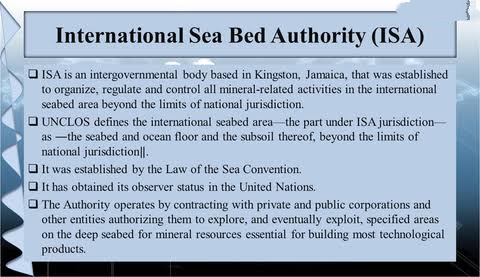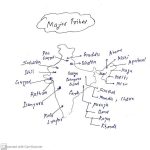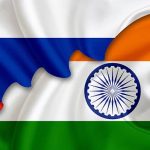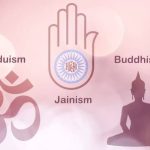
• The International Seabed Authority (ISA) is a group of 167 countries and the European Union. It was set up by the 1982 UN Convention on the Law of the Sea (UNCLOS) and its 1994 Agreement on Implementation. The ISA is based in Kingston, Jamaica.
• The ISA’s two main jobs are to allow and control the development of mineral-related operations in the international seabed, which is considered the “common heritage of all mankind,” and to protect the ecosystem of the seabed, ocean floor, and subsoil in “The Area,” which is outside of national jurisdiction.
• The ISA is to protect the international deep sea, which is the water below 200 metres (656 feet), where there isn’t enough light for photosynthesis.
The main office is in Kingston, Jamaica.
• In October 1996, the Authority became an observer at the United Nations.
Table of Contents
Governing bodies of ISA
• The International Seabed Authority (ISA) is made up of 167 parties to the United Nations Convention on the Law of the Sea and the European Union. The following groups control and run the International Seabed Authority (ISA):
Assembly of International Seabed Authority: The assembly, which is made up of all ISA members, is the most powerful part of ISA. This group is in charge of setting up general policies and budgets.
Executive Authority: ISA also chooses its 36-person executive authority council, which is in charge of accepting contracts with private companies and government agencies. These contracts cover the exploration and mining of the international seabed in certain places.
Secretary-General: The ISA secretary-general is chosen by the assembly for a four-year term after being put forward by the council. The secretary-general of the International Seabed Authority (ISA) is Michael W. Lodge.
• The Finance Committee works on things related to the budget. There is also a 30-person Legal and Technical Commission that runs the Council and Finance Committee. All of the members are experts who were put forward by their governments and then chosen to serve in their own right.
International Seabed Authority (ISA) Functions
• The major goal of the ISA is to organise, regulate, and keep track of all mineral-related activities on the international seabed that are outside of national control.
• Here are some of the most important things that the International Seabed Authority of India (ISA) does:
regulating deep seabed mining. protecting the marine environment from the harmful effects of mining, exploration, and exploitation. promoting marine scientific research and holding training programmes, seminars, conferences, and workshops on the scientific and technical aspects.
India as a Member of ISA
• India works hard to help the International Seabed Authority do its job.
• India was chosen to be a member of ISA again the year before.
France recently joined the Indian Ocean Rim Association, which will start on December 18, 2020.
Activities of ISA:
• The main thing that ISA does is make rules about how polymetallic clusters can be found and explored.
In the year 2000, a law was passed about the same thing.
• Different amounts of manganese, cobalt, copper, and nickel are in these clusters. From the Pacific Ocean to the Indian Ocean, the mass is spread out.The lumps are about the size of a potato and are spread out on the ocean floor. Most of them are in the central Pacific Ocean, but there are also some in the Indian Ocean.In 2002, work started on another set of rules about exploring polymetallic sulphides and cobalt-rich ferromanganese crusts, which are rich in minerals like copper, iron, zinc, silver, gold, and cobalt. The sulphides are found near volcanic hot springs, especially in the western Pacific Ocean. The crusts, on the other hand, are found on oceanic slopes and in other places around the world.In 2006, the ISA chose to make separate sets of rules for sulphides and crusts, with sulphides getting the most attention. It spent most of its meetings in 2007 and 2008 on this job, even though there were still unresolved issues. Most important were the size and shape of the area that would be given to contractors for research, the fees that would have to be paid to the Authority, and how to handle any claims that overlapped. At the same time, the Legal and Technical Commission gave a report on how ferromanganese crusts were coming along.
















